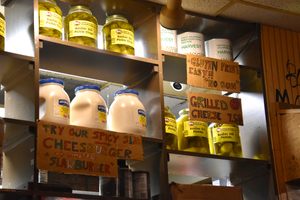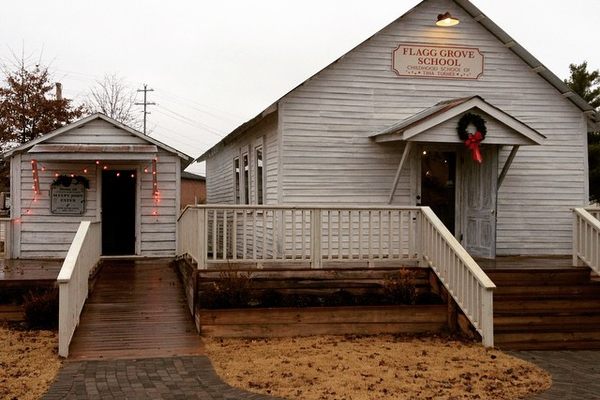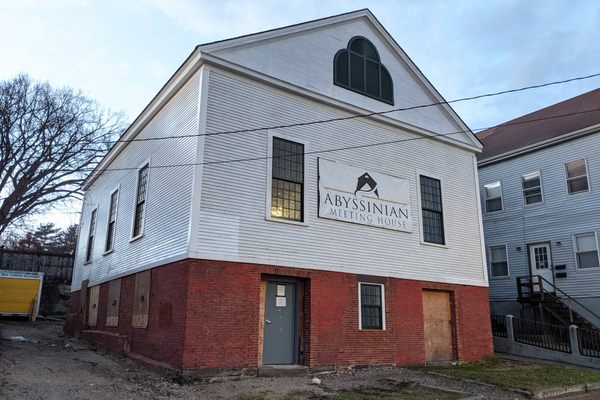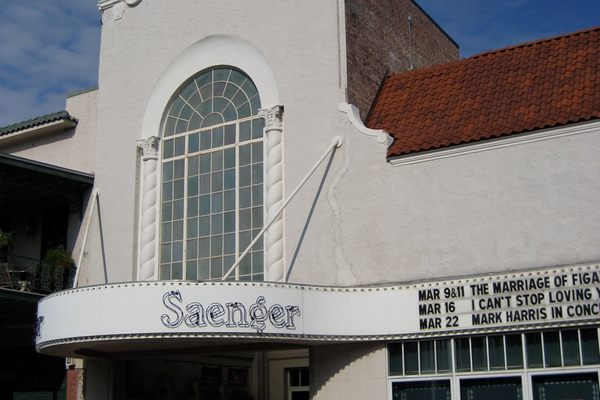About
In the early 1980s, Gino Francesconi was working as a backstage artist attendant at Carnegie Hall when he found something quite remarkable. For many years, after a concert, instead of putting programs in the trash and dragging it down five flights of stairs, porters dumped programs down air vents that were at the time located between every tenth seat. This heap of filthy programs became collection No. 1 of the archives of one of the world’s most prestigious concert venues.
After discovering the hidden hoard of concert programs in the air vents, Francesconi and his team set about collecting photographs, autographed posters, musical manuscripts, and videos telling the history of the building and the events that made it famous.
Built in the 19th century, Carnegie Hall occupies the city block of 7th Avenue between 56th and 57th streets in Manhattan. Starting with Tchaikovsky in 1891, it has hosted virtually every important artist, composer and performer since then, from Ella Fitzgerald to Judy Garland to Leonard Bernstein. For many years it was home to the New York Philharmonic. Today it remains one of the most prestigious and world famous venues, and has hosted more than 50,000 events. Until 1986 however, there had been little effort to preserve Carnegie Hall’s history.
Carnegie Hall is full of secrets. Walking around behind the scenes, the Hall is pleasingly filled with the bustle of preparation for the next event. Musicians and ushers in plush red jackets throng the passageways backstage, to the sounds of clarinets and trombones warming up. It is on one of these warren-like floors that the full archives can be found, consisting of more than 300,000 artifacts. (A rotating selection of highlights of the collection are also on display in the Rose Museum inside the venue.)
One shelf of the archive has rows of boxes marked “batons.” Inside sits the concert sticks used at Carnegie Hall by the world’s greatest conductors, among them Leonard Bernstein, Zubin Mehta and Arturo Toscanini. Another shelf is marked “programs,” going all the way back to the first night with Tchaikovsky.
Leafing through the ledgers is to look through the day-to-day history of Carnegie Hall. The same care was given to Stan Getz (Main Hall, 8/3/64, $875) as to the Macy’s Spring Bridal Fashion Show (Main Hall 12/2/63, also $875). On January 22nd, 1964, you can see the venue booked “The Beetles (sic) presented by Walter Hyman” for two shows in the Main Hall for February 12th, for $1,750.
According to Francesconi, the most valuable single item in the archive is a page from one of Beethoven’s sketch books, part of the score for the Wellington Symphony. It came to Carnegie Hall by a donation form doctor who had been treating a one-time executive director of the hall. Next to it is a meticulously neat excerpt of a score, part of “A New World A Comin’," written out by Duke Ellington in his own hand.
Francesconi’s favorite item is neither the most commercially valuable nor the most famous. It's a small autograph book that had been kept backstage by Louis Salter, the former house manager of Carnegie Hall. Salter began working there in 1891 as a lighting engineer in the rafters and started the book in 1916, not letting any performer leave until they’d autographed it. Looking through the delicate pages is a window into 20th century history, the great names of the past of who trod the stages of Carnegie Hall. Today the book lives in the hall, perfectly preserved, digitized, and able to be explored by all.
Related Tags
Published
January 18, 2017
















































